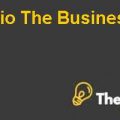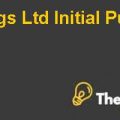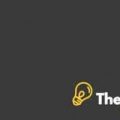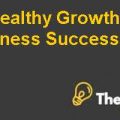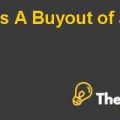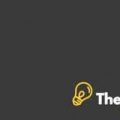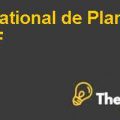
This case traces the route of evolution of an innovative consumer credit business framework for low-income class, which was launched by Codensa, an electricity company in Bogota and Cundinamarca (Colombia) that was leveraged by the cost structure of its core business. Codensa utilized its Hogar business unit in providing this consumer credit to low income populations by integrating the value chain of large retailers and manufacturers of household appliances. The company explored this unit through its commercial branding strategy, transforming its billing structure as the credit collection instrument. Within the five years since its introduction, more than 90 % of the individuals who took the loans were from the lower economic strata and aged between 25 to 45 years and more than 50% of them had not participated in the formal banking system ever. After the affiliation with Codensa credit business, 45% of these individuals availed the other financial services. During this five year period, the company marked a significant credit portfolio of around US $250 million by granting loans to three times the salary of electric bill holders. While half of the customers intended to avail new credit, as they complete the recent payments.
In 2006, various shareholders raised their concerns on this unexpected growth of Codensa. The surplus from the electric energy business would not be the only way to sustain this growth rate. It is needed to seek out not only from the internal source, but from the external sources as well. On the other hand, the financial division on behalf of their disagreement argued that the funding cost that the company pay to Electricity Company should incorporate an evaluation of the risks. This conflict between the commercial and financial visions caused various challenges for the general management. This case could be helpful in financial management and strategy courses, corporate strategy and financial strategy or courses that have the focus on the “double bottom line” business frameworks.
Publication Date: 09/18/2014
This is just an excerpt. This case is about Finance

